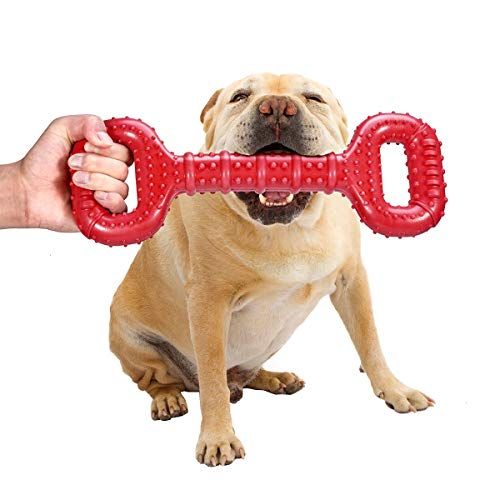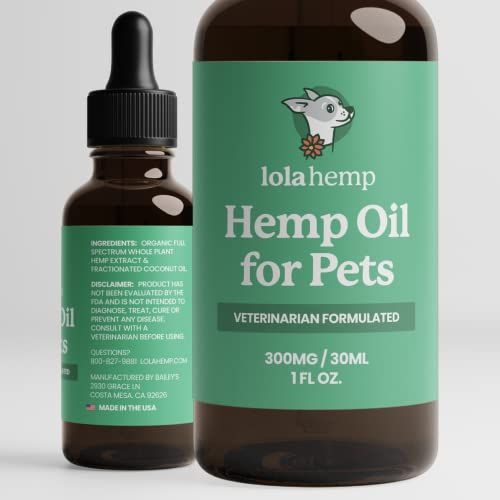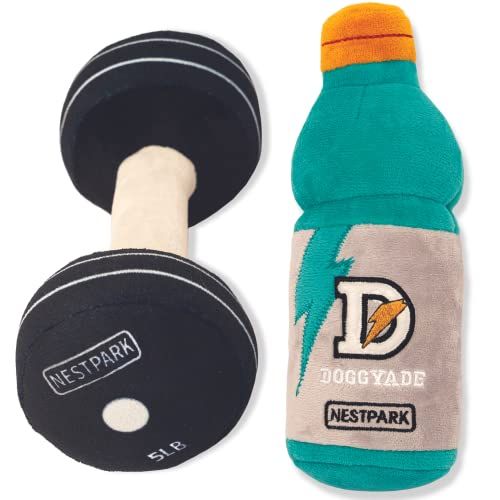Unleashing the Wild: Transformation of a Pet Dog into a Wolf
The bonds between humans and dogs are centuries old. Dogs, initially wild, were domesticated by humans, and over time, they evolved from their wolf ancestors into the pets we know today. But, imagine a world where this evolutionary process is reversed, where a pet dog reverts back to its primal form as a wolf. This is not a tale of fiction or a scene from a sci-fi movie. It's a gripping account of transformation, a remarkable journey of a pet dog evolving back into its wolf ancestry. Follow along as we delve into this extraordinary tale, uncovering the mysteries and the science behind this unusual transformation.
In the wild, the genetic difference between dogs and wolves is clear. However, if we consider our domesticated dogs, there's an uncanny resemblance to their wild cousins. This leads to the intriguing question, "Can a pet dog transform into a wolf?" While the short answer is no, because genetic manipulation on that scale is not feasible, it's crucial to understand that dogs and wolves share a common ancestor, and dogs have retained some wild characteristics.
Understanding Dog and Wolf Genetics
The genetic makeup of a dog and a wolf is similar but not identical. The domestic dog, or Canis lupus familiaris, belongs to the same genus as the gray wolf, Canis lupus. Both share a common ancestor, but over thousands of years, selective breeding has distinguished the two species.
The Evolutionary Path
Wolves became domesticated into dogs around 15,000 years ago, during the Late Pleistocene era. Early humans likely tamed and began breeding wolves that showed more desirable traits, such as less aggression or better hunting skills. This long-term, human-directed evolution eventually led to the wide array of dog breeds we have today.
Dog to Wolf: An Unlikely Transformation
Even though dogs and wolves share a significant amount of genetic material, a pet dog cannot physically transform into a wolf. They might exhibit wolf-like behavior, but they will never become wolves. Selective breeding has led to certain traits being enhanced in dogs that wolves do not possess, and vice versa.
Wolf-Like Behavior in Dogs
However, it is not uncommon for dogs to display behaviors similar to those of wolves. Howling, territory marking, hunting instincts, and pack behavior are all inherited traits from their wolf ancestors. These behaviors are often more pronounced in certain breeds that are genetically closer to wolves, like Siberian Huskies and Alaskan Malamutes.
The Role of Environment
While dogs cannot transform into wolves, environmental factors can affect a dog's behavior to some extent. A dog raised in the wild may develop behaviors similar to a wild animal's for survival. However, such a dog is still a domestic dog in genetic terms, not a wolf.
The Wild Potential
Interestingly, there have been documented cases of dogs going feral and living in the wild. Some of these feral dogs have even formed packs, reverting to more wolf-like behavior out of necessity. But despite this behavioral change, these dogs do not become wolves. They remain dogs in their DNA, albeit ones that have adapted to a harsher environment.
Conclusion
The idea of a dog turning into a wolf is fascinating, but scientifically, it's impossible due to the fundamental genetic differences between the two. Dogs and wolves have followed different evolutionary paths, shaped by thousands of years of selective breeding and natural selection. As such, a dog may exhibit certain wolf-like behaviors but will always remain a domestic dog at its core.
Find out more: How a pet dog transformed into a wolf
















